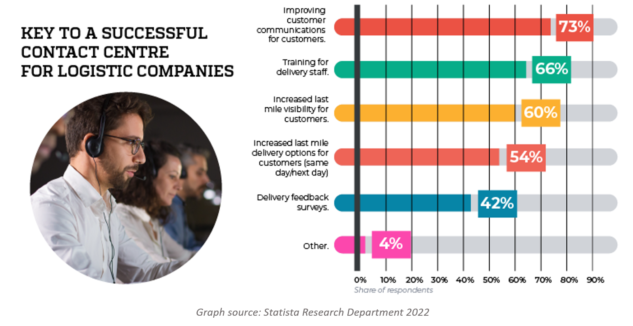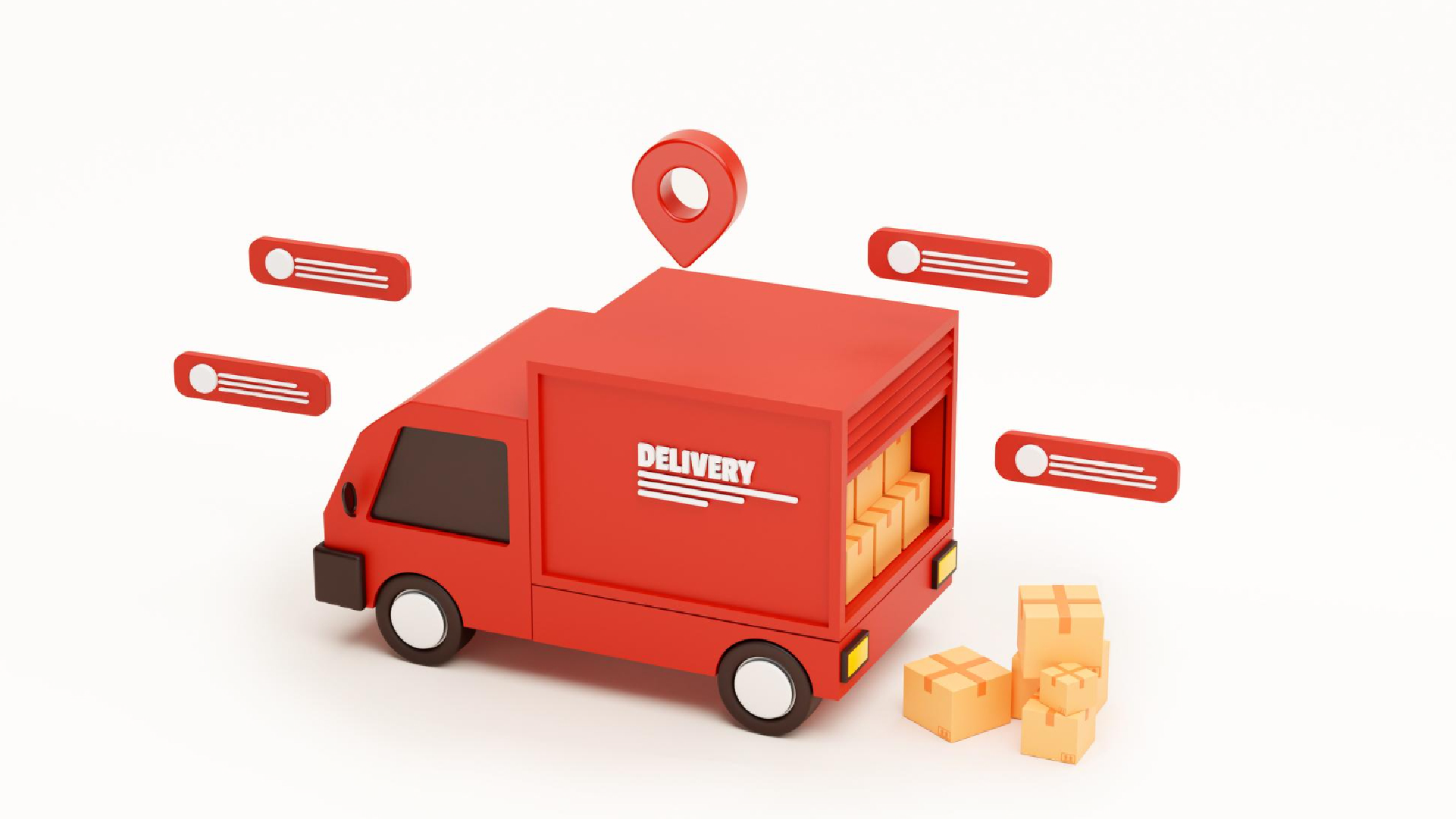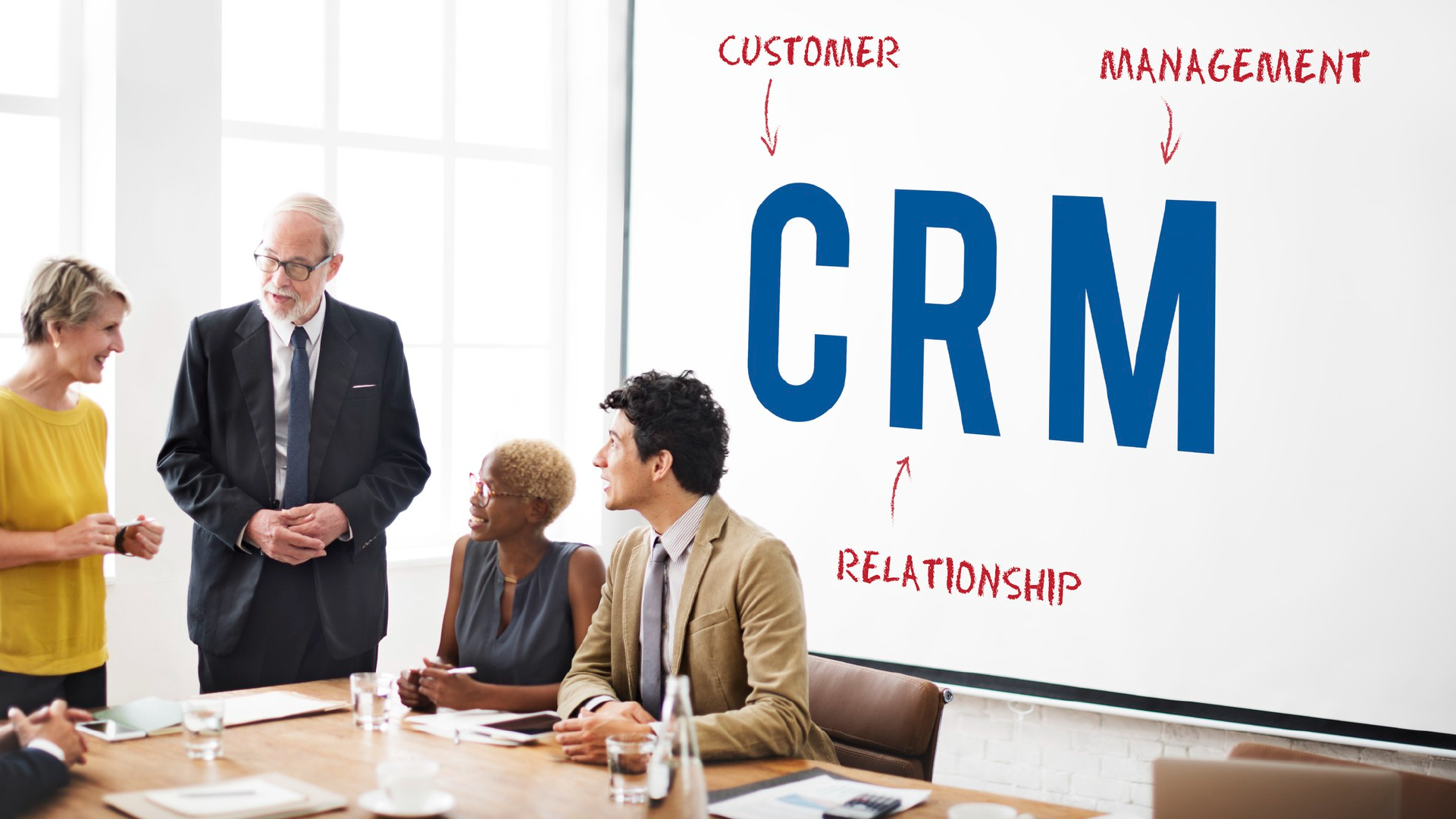
The News Article
My Say: Malaysian start-ups set to shine as regional stars
Amiruddin Abdul Shukor
The Edge Malaysia
Dec 16, 2021 | 13:30 pm +0
It is generally accepted that our domestic market of 30 million consumers is relatively small. As such, any business with ambitions to become a market leader must look to scale up regionally or globally.
For start-ups, the ultimate achievement is to be acknowledged as a unicorn — which means the company is valued at over US$1 billion. It would be an understatement to say that it is difficult to become a unicorn by solely depending on our local market; it is almost an impossible feat.
Malaysia’s first unicorn, Carsome, achieved the status this year after acquiring a substantial stake in Australia-listed iCar Asia Ltd. It also has a presence in four countries — Malaysia, Thailand, Indonesia and Singapore — thus boosting investor confidence, resulting in successful Series A, A2, B, B2 and C funding over the years from international investors.
Similarly, Malaysia’s two other unicorns — AirAsia Digital and edotco Group — also have a strong regional presence. The AirAsia brand has always prided itself in connecting Asean, and has now diversified its business from aviation and is set to be a key player in the e-commerce and delivery space in Southeast Asia.
Telecommunications infrastructure services company edotco Group has a presence across Asia — in Malaysia, Bangladesh, Cambodia, Sri Lanka, Myanmar, Pakistan, Laos and the Philippines — with a portfolio of more than 41,000 telco towers.
Paving the way for local start-ups to tap vast markets
Knowing the importance of regional expansion, and executing it, is what sets apart successful start-ups from their less ambitious peers. We know it is not easy. But it is crucial to our tech start-ups ecosystem that we provide them with a platform to grow and launch from.
For this reason, the Malaysian Global Innovation and Creativity Centre (MaGIC) has been running more than 20 global and regional programs for start-ups with value creation of more than US$400 million (RM1.7 billion) since 2015. This includes the Asean Centre of Entrepreneurship (ACE) Initiatives, Global Accelerator Programme (GAP), e@Stanford and Startup Exchange to propel start-ups beyond Malaysian shores.
The e@Stanford programme witnessed the participation of 118 startups, including Dropee, Leaderonomics and Plus Xnergy, and resulted in a value creation of US$110.2 million.
Through ACE, start-ups have access to initiatives to help them grow their business regionally. To date, three start-up exchange programmes have been conducted with Thailand, Indonesia and Vietnam with a 43% expansion success rate.
Another key programme under ACE is the Global Market-Fit Programme (GMP), which is designed for start-ups ready for expansion or commercialisation (TRL 6 or Series A above). Through GMP, we aim to propel them to the next stage, in particular regional expansion.
When launching into a foreign market, our start-ups expanding alone could be more vulnerable in dealing with the nuances of an unknown market. Key challenges are usually a lack of understanding of regulations, language barriers and infrastructure support, among others. Navigating the inherent competition in the market of entry is another key area. With established networks forged by government agencies such as MaGIC, some of these risk factors and hurdles can be lowered. It really is ultimately the survival of the fittest. There have been successful Malaysian start-ups that have expanded regionally, and we believe there are more that can do the same, given the right support.
Penetrating the Great Wall of China
Last year, through the GMP, MaGIC facilitated 17 start-ups to go to Taiwan, India, Berlin, London and Budapest, through which several participants signed MoUs and NDAs with potential partners in these new markets. MaGIC continues to monitor and provide assistance related to the growth and development of these start-ups for a period of 24 months.
Last year, Rentguard won the Outstanding Startup Award by Startup Terrace in Taiwan, while Ira Noah, Zapzapmath and Astariz Ventures signed MoUs with partners in India.
This year, the GMP’s focus markets are China, the US and Indonesia. The focus on China, in particular, is natural, given its large domestic market and rapid growth. We also kept in mind that we focused on Taiwan last year, which has positioned itself as the gateway into Mainland China.
The exposure to China has produced early results, with three MoUs inked recently, signaling the start of a collaboration between Malaysian start-ups and their Chinese counterparts.
In the GMP with China, MaGIC collaborated with TusStar, China’s largest technology incubator with more than 300 locations across 70 cities. Its parent company, TusHolding, is a diversified science and technology holding group that holds US$30 billion in assets under management and is the largest science park operator in the world.
China is a hotbed for start-ups, as one of the fastest-growing and technology-adopting countries globally. In spite of travel restrictions due to the pandemic, and with TusStar’s guidance and assistance, some 20 business-matching sessions, involving more than 50 Chinese companies, with more than 200 rounds of evaluation, were conducted this year.
The Malaysian start-ups that participated in them included MyWave, Accordia Global, AOne Schools, TixCarte, Vencubator, Athletes for Athletes Solution, Urban Mobility Moovby, KelC Creative and NeuXP.
Opportunities near and far: Tapping Indonesia and the Silicon Valley
While China attracted nine start-ups, Indonesia attracted 15, and the most recent programme with the US attracted 10 start-ups. The GMP with Indonesia saw MaGIC collaborating with PT Ruang Kreasi Berdaya (KUMPUL), a premier digital entrepreneurship ecosystem builder. Empowering entrepreneurs in 70 hubs across 32 cities, KUMPUL will help Malaysian start-ups access Indonesia’s consumer market of 273.5 million people — more than nine times Malaysia’s population.
The early results are six Malaysian start-ups signing agreements with Indonesian partners — Anak2u, BIIB, Ejen2u, My AOne Learning, DF Automation & Robotics and IGG Arena Esport.
In the GMP with the US, which is ongoing, MaGIC is collaborating with US Market Access Center (US MAC) and Pixel Play Ventures (PPV). US MAC is a tech accelerator in the Silicon Valley. PPV is a venture capital management corporation registered with the Securities Commission Malaysia, focusing on investing in rapidly growing early-stage companies that fit its ethical venture-build philosophy.
Building a commercial pipeline of intellectual properties
Access to capital funding and new markets as well as market insights and collaboration with local partners are key factors in accelerating the growth of start-ups to become regional and global players.
We do acknowledge that not all start-ups are successful. In fact, the global success rate of start-ups averages at about 10%. And for that reason, we need to start with a larger base. The Ministry of Science, Technology and Innovation (MOSTI) has set out to create 5,000 new start-ups with a commercial working model by 2025. But MOSTI’s plan does not stop there.
Quantity is not sufficient. If we are to hit our target of five unicorns, we will need quality in abundance. To this end, it is pertinent to fast-track commercialisation and enhance the participation, investment and collaboration in research by and with the private sector. A multi-stakeholder collaboration between the government, corporates and innovators is crucial to ensure sustained success.
We want to build a sizeable bank of intellectual properties (IPs), with a view that IPs will become an invaluable commodity. But IPs only have economic value if we are able to commercialise them. We have to unlock the economic value of our ideas, our knowledge and our IPs to propel Malaysia towards becoming an innovation-driven and knowledge-based economy.
This is where MRANTI — the Malaysian Research Accelerator for Tech and Innovation — plays a key role. Applying the quadruple helix partnership model, MRANTI will connect the government with industry, academia and civil society.
Through MRANTI, we seek to inspire the world with a bold new vibrant model to accelerate ideas to impact through the creation, development and commercialisation of technology and innovation.
MRANTI will be set up as a technology and innovation launch pad to help enterprises, researchers and inventors maximise their “return on ideas”, or ROI, at a quicker rate, with enhanced scalability and optimised synergies. While the conventional ROI — return on investment — conveys fiscal yields from capital outlays, return on ideas broadly refers to the conversion of knowledge to fiscal earnings.
We know breaking into new markets is not easy. You may be flying high locally, but that does not guarantee you success elsewhere. Different markets have different requirements and needs. We are here to help connect the dots. Let us accelerate impact and win together.
Amiruddin Abdul Shukor is CEO of the Malaysian Global Innovation and Creativity Centre (MaGIC)
Source: https://www.theedgemarkets.com/article/my-say-malaysian-startups-set-shine-regional-stars



















